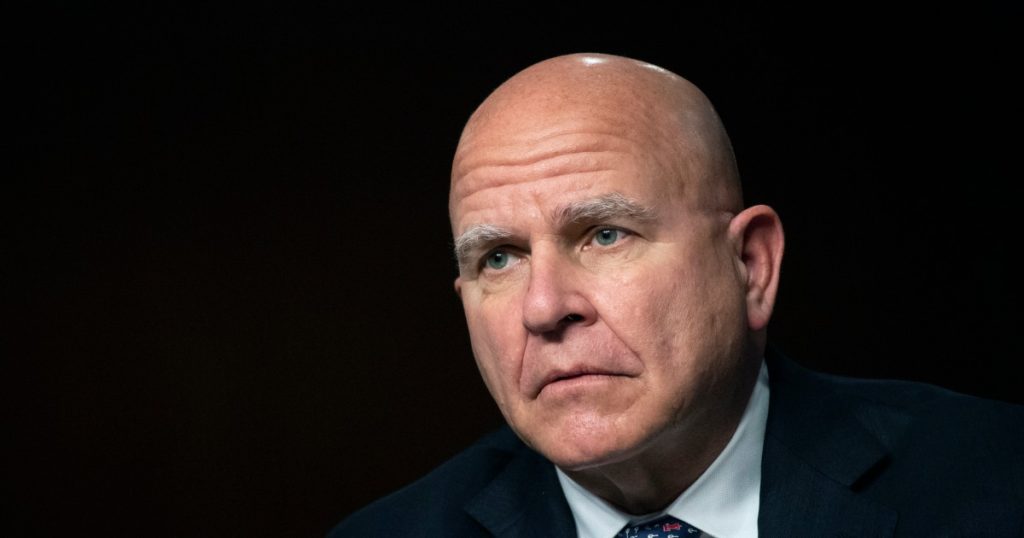In “At War with Ourselves,” former White House national security adviser H.R. McMaster paints a picture of Republican presidential nominee Donald Trump as an insecure personality, easily swayed by flattery and approval from foreign adversaries. McMaster credits Trump with some positive actions during his time in office, such as devising strategies to combat terrorism and recognizing the need to compete with a rising China. However, he also points out the failures of former colleagues like Rex Tillerson and James Mattis to provide guidance and support to a president who lacked political experience.
McMaster acknowledges his own shortcomings in navigating tensions with Tillerson and Mattis during his tenure. He describes a lack of confidence in Trump from these former officials, who viewed him as impulsive and erratic. Despite his attempts to collaborate and work towards common goals, McMaster admits that their lack of unity hindered their ability to help Trump make effective decisions for the American people. The revelation of these dysfunctional relationships sheds light on the inner workings of the Trump administration.
Trump’s behavior as described by McMaster reflects a chaotic White House environment fueled by the president’s need for drama and conflict. McMaster recalls instances where Trump sought to instigate criticism of his own cabinet members, showing a preference for discord over cooperation. The book portrays Trump as a flawed leader susceptible to distractions, media attacks, and a loose relationship with the truth. These character flaws influenced his decision-making process and contributed to the dysfunction within his administration.
McMaster draws parallels between Trump and former President Lyndon Johnson, noting similarities in their insecurities, attention-seeking behavior, and susceptibility to outside influences. As with Johnson, Trump’s penchant for hyperbole and a desire for praise made him vulnerable to manipulation by foreign powers like Russia. McMaster details Putin’s tactics of flattering Trump to gain influence, showing how the Russian president exploited Trump’s ego and naivety. Despite warnings from advisers like McMaster, Trump fell for Putin’s charm offensive and made potentially damaging concessions during their meetings.
The book provides insights into Trump’s leadership style and his interactions with other world leaders, shedding light on his decision-making processes and vulnerabilities. McMaster’s account offers a behind-the-scenes look at Trump’s presidency, highlighting moments of tension, conflict, and manipulation. The narrative underscores the challenges of serving in the Trump White House, where staff turnover was high, and loyalty was often fleeting. McMaster’s candid depiction of his time in the administration offers a unique perspective on the inner workings of one of the most controversial presidencies in recent history.
As Trump prepares for a potential second term in office, McMaster’s book serves as a cautionary tale about the pitfalls of unchecked power and the dangers of surrounding oneself with yes-men. The revelations about Trump’s insecurities, impulsiveness, and susceptibility to flattery raise questions about his ability to lead effectively and make sound decisions in the best interests of the country. McMaster’s account adds to a growing body of literature that seeks to understand and critique the Trump presidency, providing valuable insights for voters and historians alike.


